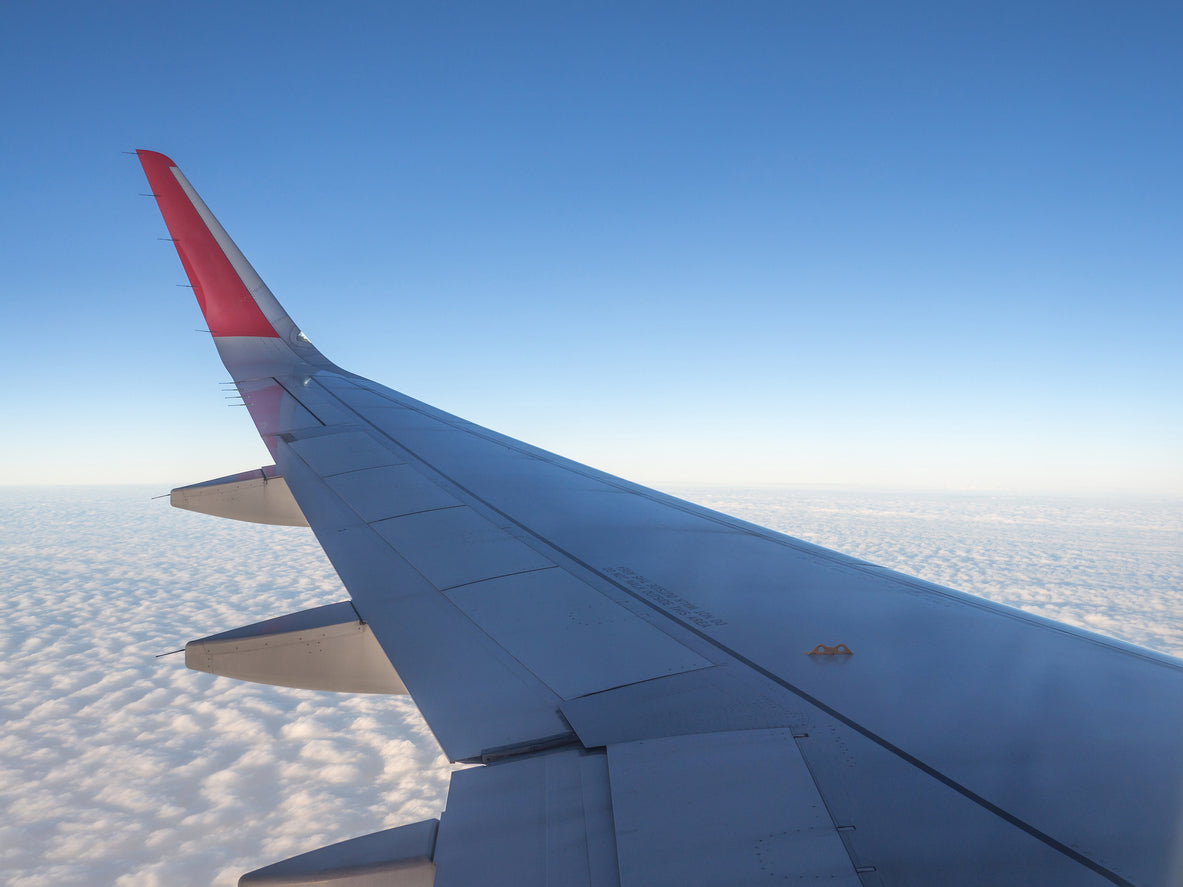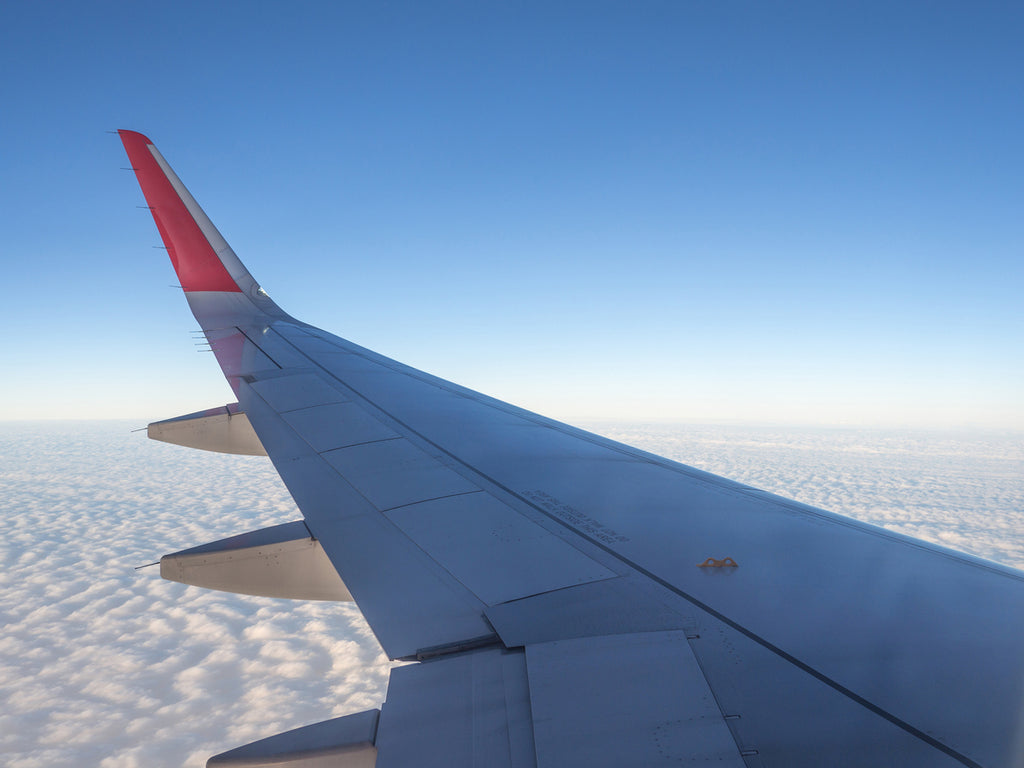Those familiar with Blue Zones probably read the title of this post and felt immediate excitement, because it is an undeniably fascinating topic. But if you aren’t aware, you should be thrilled to dive in, because these regions around the world might just hold the secrets to a long and fulfilled life. Sign us up! In fact, you actually can sign up for a newsletter produced by the organization of the same name at bluezones.com. Today though, we’re going to talk all about Blue Zones and why they are worthy of your attention.
What Are Blue Zones?
Let’s start at the beginning. In 2000, a National Geographic Explorer and Fellow, also a journalist, set out to investigate the source of population longevity in Okinawa, Japan. His name was Dan Buettner, and by 2004, he had coined the term “blue zones.”
Analyzing demographic data and collaborating with researchers like Gianni Pes and Michel Poulain, Buettner and a team of scientists began to identify regions with high volumes of centenarians. Eventually, they compiled a list of nine specific lifestyle habits these communities share, which they titled the Power 9. The regions possessing these habits—five places in total—are today’s Blue Zones. We’ll circle back to the all-important Power 9, but first, let’s travel the Blue Zones.
The World’s 5 Blue Zones
Ikaria, Greece
Locals on this Aegean island live, on average, eight years longer than Americans, have half the rate of heart disease, and suffer from almost no dementia as a population. A relaxed pace of life, imbued with old traditions and a rich sense of history and culture, may be the culprit.
Loma Linda, California
Comprising a community of around 9,000 Adventists, Loma Linda boasts people who live as much as a decade longer than their fellow Americans. The connection? Their faith centers on vegetarianism, regular exercise, and other healthful habits.
Sardinia, Italy
This Mediterranean beauty of a place is home to the greatest concentration of male centenarians in the world. Why? Well, for one thing, many residents possess the M26 genetic marker, which is linked to exceptional longevity. It hasn’t been diluted in their population because they’ve remained quite culturally isolated, but this also means they still hunt, fish, and harvest all of the food they eat. The latter is probably a key component in their wellness, too.
Okinawa, Japan
Home to the world’s longest-living women, these South Pacific islands are known for their love of three particular foods that support longevity: stir-fried vegetables, sweet potatoes, and tofu. With lower rates of cancer, heart disease, and dementia, their people’s health status certainly makes the point.
Nicoya, Costa Rica
Colorful houses, exotic fruits, beautiful bike paths—and residents twice as likely as Americans to reach the age of 90 … this peninsula is a special place! Many believe that a culture centered around family, in which centenarians frequently live with children or grandchildren, as well as access to excellent health care and a positive outlook on embracing life, is at the heart of longevity here.
The Power 9
Now that we’ve introduced the world’s five Blue Zones, let’s talk about the habits that seemingly give them such an exceptional chance at longevity. Here is how the official website all about Blue Zones explains the Power 9 …
1. Move Naturally
The world’s longest-lived people don’t pump iron, run marathons or join gyms. Instead, they live in environments that constantly nudge them into moving without thinking about it. They grow gardens and don’t have mechanical conveniences for house and yard work.
2. Purpose
The Okinawans call it “Ikigai” and the Nicoyans call it “plan de vida;” for both it translates to “why I wake up in the morning.” Knowing your sense of purpose is worth up to seven years of extra life expectancy.
3. Downshift
Even people in Blue Zones experience stress. Stress leads to chronic inflammation, associated with every major age-related disease. What the world’s longest-lived people have that we don’t are routines to shed that stress. Okinawans take a few moments each day to remember their ancestors, Adventists pray, Ikarians take a nap and Sardinians do happy hour.
4. 80% Rule
“Hara hachi bu”—the Okinawan, 2,500-year-old Confucian mantra said before meals, reminds them to stop eating when their stomachs are 80% full. The 20% gap between not being hungry and feeling full could be the difference between losing weight or gaining it. People in the Blue Zones eat their smallest meal in the late afternoon or early evening and then they don’t eat any more the rest of the day.
5. Plant Slant
Beans, including fava, black, soy and lentils, are the cornerstone of most centenarian diets. Meat—mostly pork—is eaten on average only five times per month. Serving sizes are 3-4 oz., about the size of a deck of cards.
6. Wine at 5
People in all Blue Zones (except Adventists) drink alcohol moderately and regularly. Moderate drinkers outlive non-drinkers. The trick is to drink one to two glasses per day (preferably Sardinian Cannonau wine), with friends and/or with food. And no, you can’t save up all week and have 14 drinks on Saturday.
7. Belong
All but five of the 263 centenarians we interviewed belonged to some faith-based community. Denomination doesn’t seem to matter. Research shows that attending faith-based services four times per month will add four to 14 years of life expectancy.
8. Loved Ones First
Successful centenarians in the Blue Zones put their families first. This means keeping aging parents and grandparents nearby or in the home (it lowers disease and mortality rates of children in the home too). They commit to a life partner (which can add up to three years of life expectancy) and invest in their children with time and love (they’ll be more likely to care for you when the time comes).
9. Right Tribe
The world’s longest-lived people chose—or were born into—social circles that supported healthy behaviors. Okinawans created “moais”—groups of five friends that committed to each other for life. Research from the Framingham Studies shows that smoking, obesity, happiness, and even loneliness are contagious. So the social networks of long-lived people have favorably shaped their health behaviors.
How Does Knowing All About Blue Zones Help You?
While you probably aren’t going to relocate to a Blue Zone, you can bring their principles home to your lifestyle. As a company that makes products to help people live better, we are passionate about the same things Blue Zone researchers focus on. For that reason, we’d like to aid you in adjusting your lifestyle with the Power 9 in mind. We don’t have relevant help for every step, but a few are right up our alley!
In addition to finding those moments to “downshift” out of chronic stress in your day, consider the power of supplementation. Our MindYourMind formula is designed to quiet the mind and support a relaxing, restful night of sleep. Give it a try!
Avoid overeating and follow that 80% rule by ensuring that your body is properly nourished, especially in the protein category. When you are deficient in vitamins and minerals, it can cause a false sense of hunger. Protein also helps to keep you full longer. Enter, PlantYourDay. It’s also a plant-based, vegan formula, so it covers the plant slant too!
There are plenty of other ways to adjust your lifestyle in favor of the Power 9. Consider building walks into your day, investing more time into your family and community groups, and other techniques to “make your own Blue Zone.”
We hope it’s an enjoyable, and dare we say life-changing, journey!


